The fight for equal pay
The Women’s World Cup is the largest women’s tournament ever, but the athletes are still fighting to share in its success
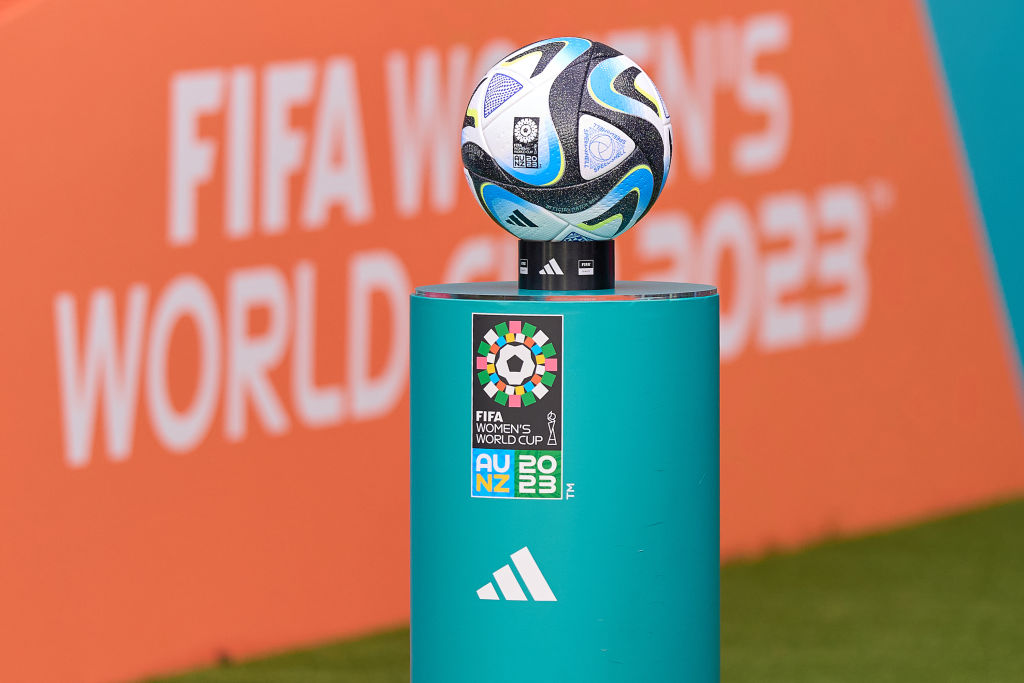
The Women's World Cup is the largest women's tournament ever, but the athletes are still fighting to share in its success. Here's everything you need to know:
How popular is women's soccer?
It's booming. This month's tournament, hosted by Australia and New Zealand, will have an audience of nearly 2 billion people, more than 1.5 million tickets sold, and an expanded field of 32 teams. The popularity of women's soccer has been rising steeply, with revenue growing globally from merchandising, sponsorships and broadcast deals. Players are advocating for higher pay, but overall revenue still trails that of men's soccer — except in the U.S. The four-time World Cup-winning women's team has eclipsed the mediocre men's team in visibility and revenue, and its players fought a public battle for equal pay during the 2019 World Cup. Star player Megan Rapinoe, playing in her last World Cup, said the team refused "to accept anything other than what we felt like we deserved."
Did they succeed?
Yes. After six years of negotiations and a lawsuit alleging gender discrimination, the U.S. Women's National Team Players Association and the U.S. Soccer Federation signed a collective bargaining agreement last year. Women are now paid at the same rate as men for tournament wins and game appearances. The men and women will also pool the prize money from both the men's and women's World Cups and divide it at 45% each, with a 10% cut for the federation. It's an attempt to rectify the disparity in prize money that FIFA doles out for the two events: $440 million for the men last year compared with $110 million — a new high — for the women this summer. FIFA is aiming to achieve equal prize money during the next World Cup cycle in 2026 and 2027. "This is a truly historic moment," said U.S. Soccer President Cindy Parlow Cone. "These agreements have changed the game forever here in the United States and have the potential to change the game around the world."
The Week
Escape your echo chamber. Get the facts behind the news, plus analysis from multiple perspectives.

Sign up for The Week's Free Newsletters
From our morning news briefing to a weekly Good News Newsletter, get the best of The Week delivered directly to your inbox.
From our morning news briefing to a weekly Good News Newsletter, get the best of The Week delivered directly to your inbox.
How does the player pay work?
Players earn most of their income from match fees of $8,000 per game, with a $10,000 bonus if the team wins. With players participating in 18 to 24 matches a year, they can earn about $450,000 in annual payments from U.S. Soccer. Most national team members also play for a club team in the National Women's Soccer League, where the minimum salary increased from $22,000 to $35,000 last year. Women have agreed to be paid similarly to men, with those called up to the national team getting paid per match rather than relying on a base salary. Rapinoe said the players were very aware that their battle for equality would have larger resonance for women on other teams and in all walks of life. "What we're most proud of," Rapinoe said, "is that it's been something that people can see themselves in and gain confidence from."
How profitable is the sport?
The National Women's Soccer League witnessed a 20% increase in season-ticket holders this year. But in the U.S., women's games were generating more revenue than men's as far back as 2016, when the women brought in $1.9 million more than the men. From 2016 to 2018, they brought in about $50.8 million, versus the men's $49.9 million. Those figures provided the U.S. women with a solid argument for their right to equal earnings, but the same is not true for women's soccer in most other countries, where soccer is the primary sport and the men's teams generate far more revenue. "In order to pay equally, the broadcasting figures or sponsorship figures have to tally," said England men's team manager Gareth Southgate. "It's probably an area that people don't want to speak about, but there is an economic reality to that."
How well are women paid elsewhere?
The women's teams in Brazil, New Zealand, Australia, and England have signed equal pay agreements with their federations. But a new report from the global players' union found that 29% of players in this World Cup hadn't been paid anything for playing in qualifying tournaments and two-thirds of the athletes had to use vacation days or take unpaid leave from another job to participate in those tournaments. The Nigerian team threatened to boycott this World Cup over a fight with its federation about withheld payments, while the reigning Olympic champion Canadian team is locked in a yearslong battle over equal pay. This fight is going on even as a 2022 FIFA survey of nearly 300 women's soccer clubs found that commercial revenue had grown 33% in one year and broadcast revenue rose by 22%. Sarai Bareman, FIFA's chief women's football officer, said the growth potential of the sport is enormous. "It's just getting those people that are involved, particularly in the highest levels of our game all around the world, to see and understand the opportunity that sits in front of them," she said.
Abuse in women's soccer
The fight for fair treatment in women's soccer extends far beyond money. In 2021, two former National Women's Soccer League players accused coach Paul Riley of sexual coercion and harassment going back a decade. Another coach faced accusations of verbal abuse and creating a "sexualized team environment," according to players. A third allegedly groped a player and coerced her to come to his house to review game footage, only to show her pornography and masturbate. The allegations prompted an independent investigation by former U.S. Deputy Attorney General Sally Yates last year. She found that either U.S. Soccer or the league had been informed of accusations against Riley every year from 2015 to 2021, but he wasn't banned until this year. The report concluded that sexual misconduct and emotional abuse are systemic in the sport. In the 2021 season, half of the league's 10 head coaches stepped down or were fired after allegations of misconduct. "Abuse in the NWSL is rooted in a deeper culture in women's soccer, beginning in youth leagues, that normalizes verbally abusive coaching and blurs boundaries between coaches and players," said Yates. Globally, 3 out of 4 managers of women's teams are men.
A free daily email with the biggest news stories of the day – and the best features from TheWeek.com
This article was first published in the latest issue of The Week magazine. If you want to read more like it, you can try six risk-free issues of the magazine here.
-
 Farage’s £9m windfall: will it smooth his path to power?
Farage’s £9m windfall: will it smooth his path to power?In Depth The record donation has come amidst rumours of collaboration with the Conservatives and allegations of racism in Farage's school days
-
 The issue dividing Israel: ultra-Orthodox draft dodgers
The issue dividing Israel: ultra-Orthodox draft dodgersIn the Spotlight A new bill has solidified the community’s ‘draft evasion’ stance, with this issue becoming the country’s ‘greatest internal security threat’
-
 Codeword: December 13, 2025
Codeword: December 13, 2025The daily codeword puzzle from The Week
-
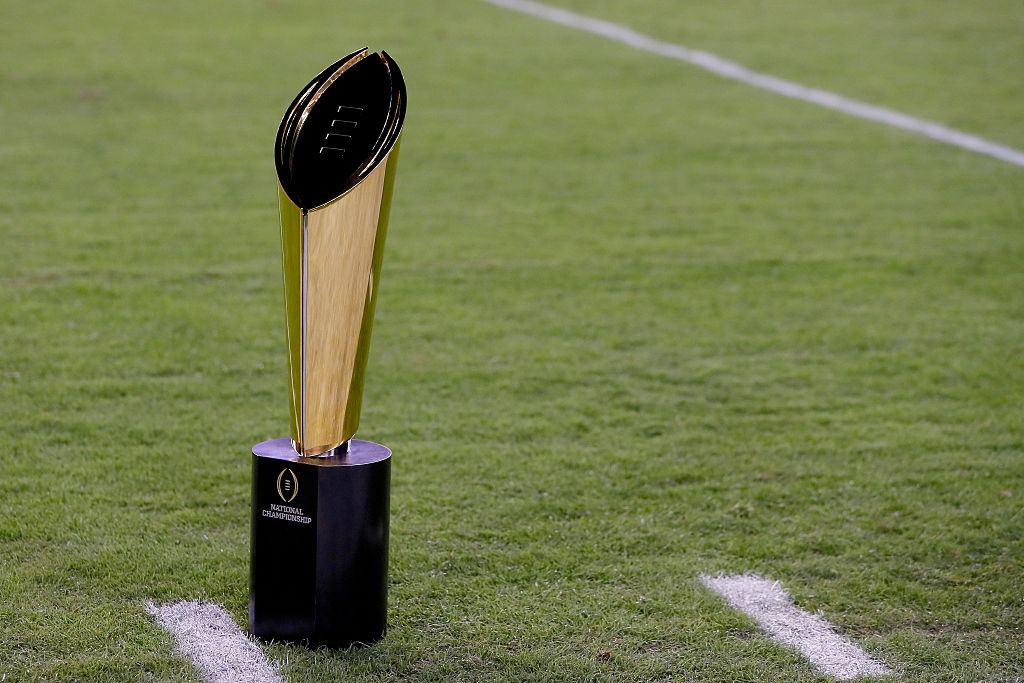 An early look at the college football national champion contenders
An early look at the college football national champion contendersThe Explainer What school could come out on top of the FBS this coming January?
-
 Why baseball's new rules rule
Why baseball's new rules ruleSpeed Read Attendance and viewership have gone up while average game time has gone down
-
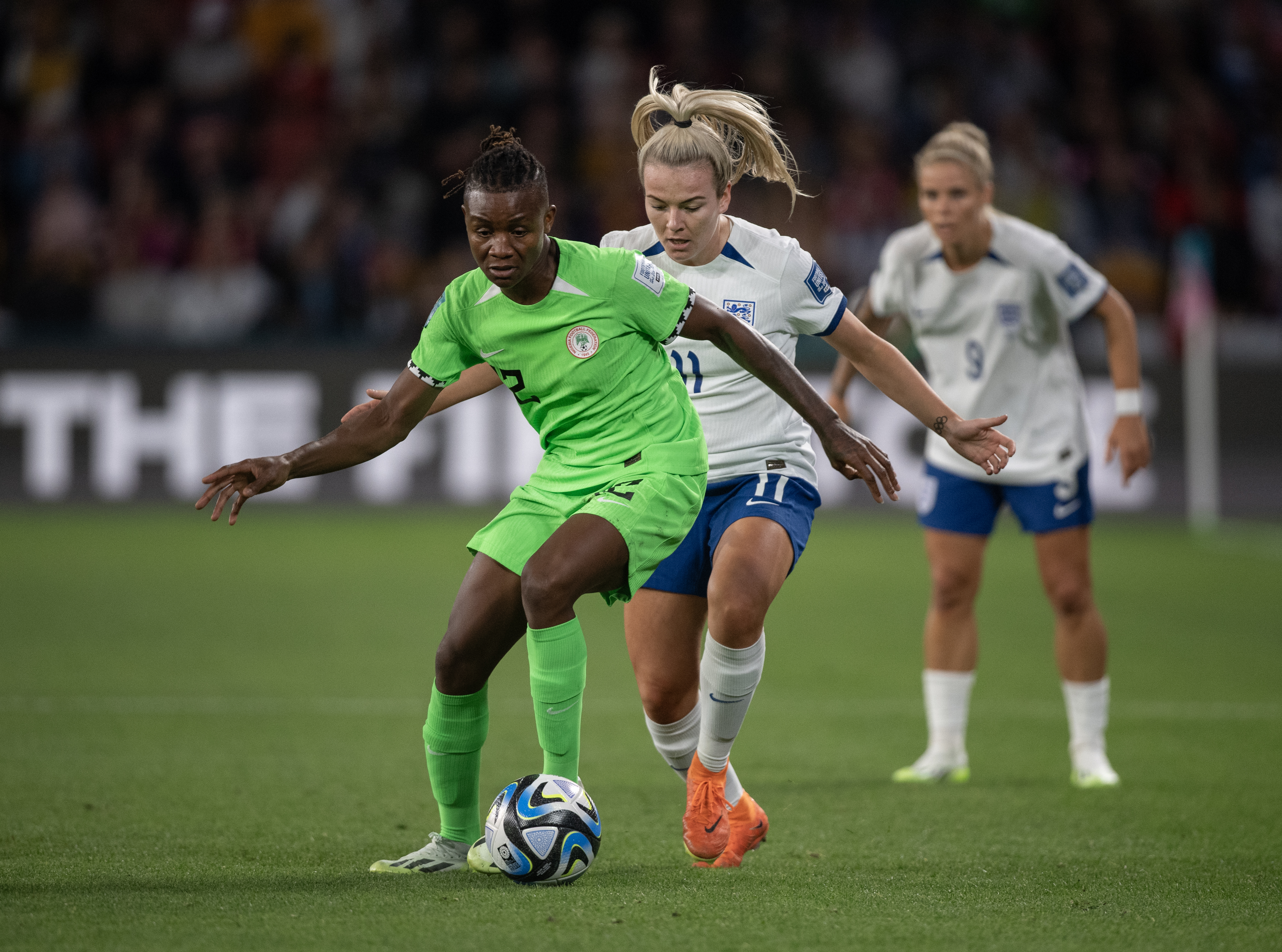 Women's World Cup athletic kits have upped their fashion game
Women's World Cup athletic kits have upped their fashion gameSpeed Read Major brands are embracing gender-neutral and size-inclusive clothing
-
 Saudi Arabia's big sports bet
Saudi Arabia's big sports betSpeed Read The recent PGA-LIV Golf merger is just the tip of this oil-funded iceberg
-
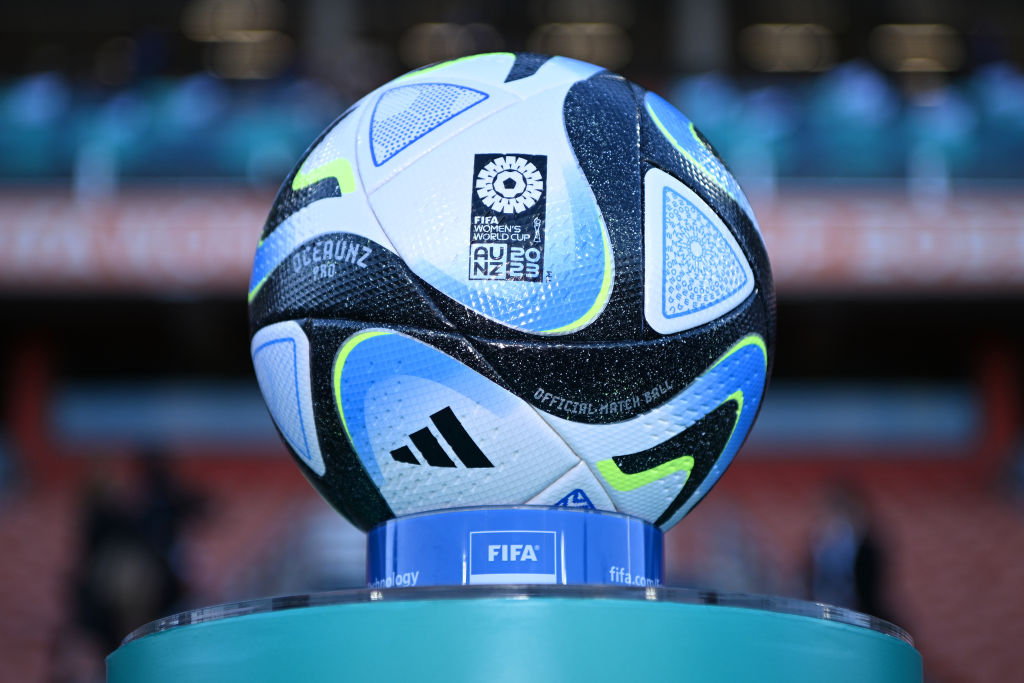 Who will win the 2023 FIFA Women's World Cup?
Who will win the 2023 FIFA Women's World Cup?The Explainer The global tournament has kicked off in New Zealand
-
 Why the PGA Tour is merging with LIV Golf
Why the PGA Tour is merging with LIV GolfThe Explainer The groups are controversially coming together after a rocky relationship
-
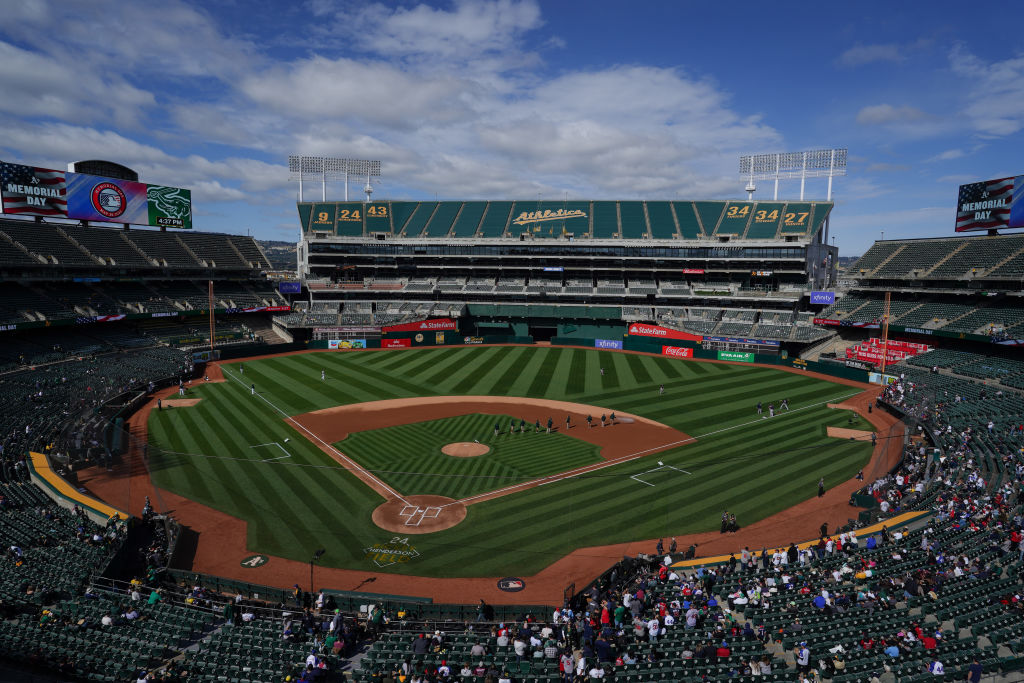 The Oakland Athletics and the worst baseball teams of all time
The Oakland Athletics and the worst baseball teams of all timeSpeed Read The A's have a chance to make baseball history — just not the good kind
-
 A midseason look at possible 2023 World Series contenders
A midseason look at possible 2023 World Series contendersThe Explainer The predictions are well underway